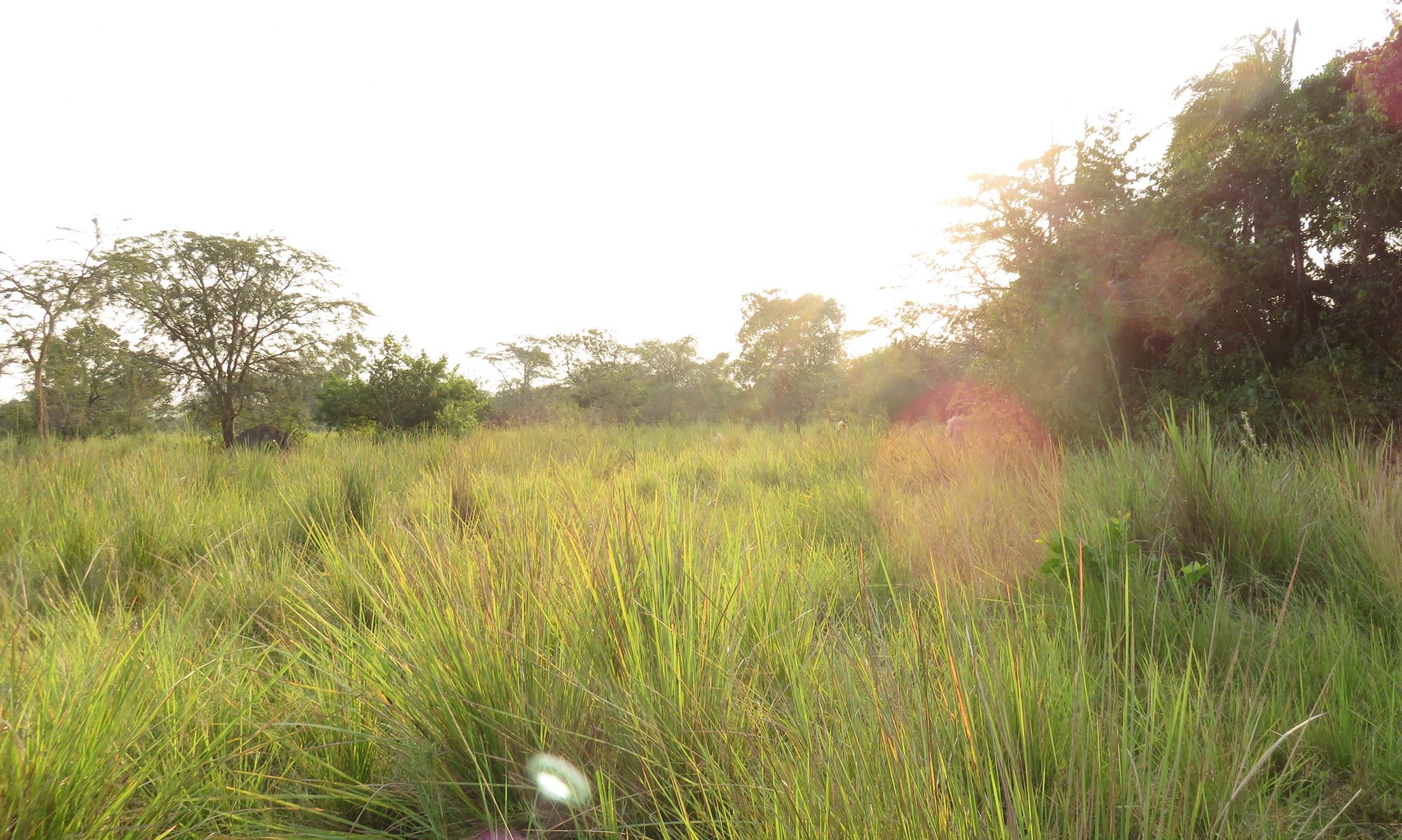Engineering C2 Photosynthesis
C2 photosynthesis is a simple CO2 concentrating mechanism that captures, concentrates, and re-assimilates CO2 released by photorespiration. It is, in short, a natural CO2 recycling mechanism. Although only recently discovered in the early 1980s, the C2 mode of photosynthesis has repeatedly evolved across diverse plant lineages, including four crop families (Poaceae, Brassicaceae, Asteraceae, Amaranthaceae). This work will establish the world’s first research program specifically dedicated to engineering the rare C2 mode of photosynthesis into important C3 food and bioenergy crops to sustainably improve yield and environmental resilience. This research is funded by a UKRI Future Leaders Fellowship.
C2 Photosynthesis for Crop Improvement
Improving photosynthetic efficiency is a promising route to improve crop production sustainably and meet future food demands. Most plants, including our dominant sources of global calories, use the inefficient C3 photosynthetic pathway, however, some species have evolved remarkable carbon concentrating mechanisms, such as C2 photosynthesis, which increase CO2 assimilation efficiency. Since its discovery in the early 1980s, approximately 50 C2 species have been identified from 20 plant lineages. The Lundgren Lab is determining the productivity benefits of the rare C2 mode of photosynthesis and the environments in which these benefits are best realised, thereby establishing the agronomic potential of this unique physiology. This research is funded by the Leverhulme Trust.
Evolution of C4 leaves
Plants using different photosynthetic backgrounds have diverse leaf anatomy. Most studies to date have focused on modifications to organelle localisation, vein density, and bundle sheath size as key traits that lead to the evolution of C4 leaves. Recent studies in C3 plants have shown that the patterning of airspace in mesophyll tissue influences the movement of CO2 and water vapour in leaves and, as such, these traits may also be important components of C2 and C4 physiologies. Using a microCT imaging approach, the Lundgren Lab is investigating how mesophyll airspace patterning may have also shifted during the evolution of C4 photosynthesis. This research is funded by the Rank Prize Funds.
